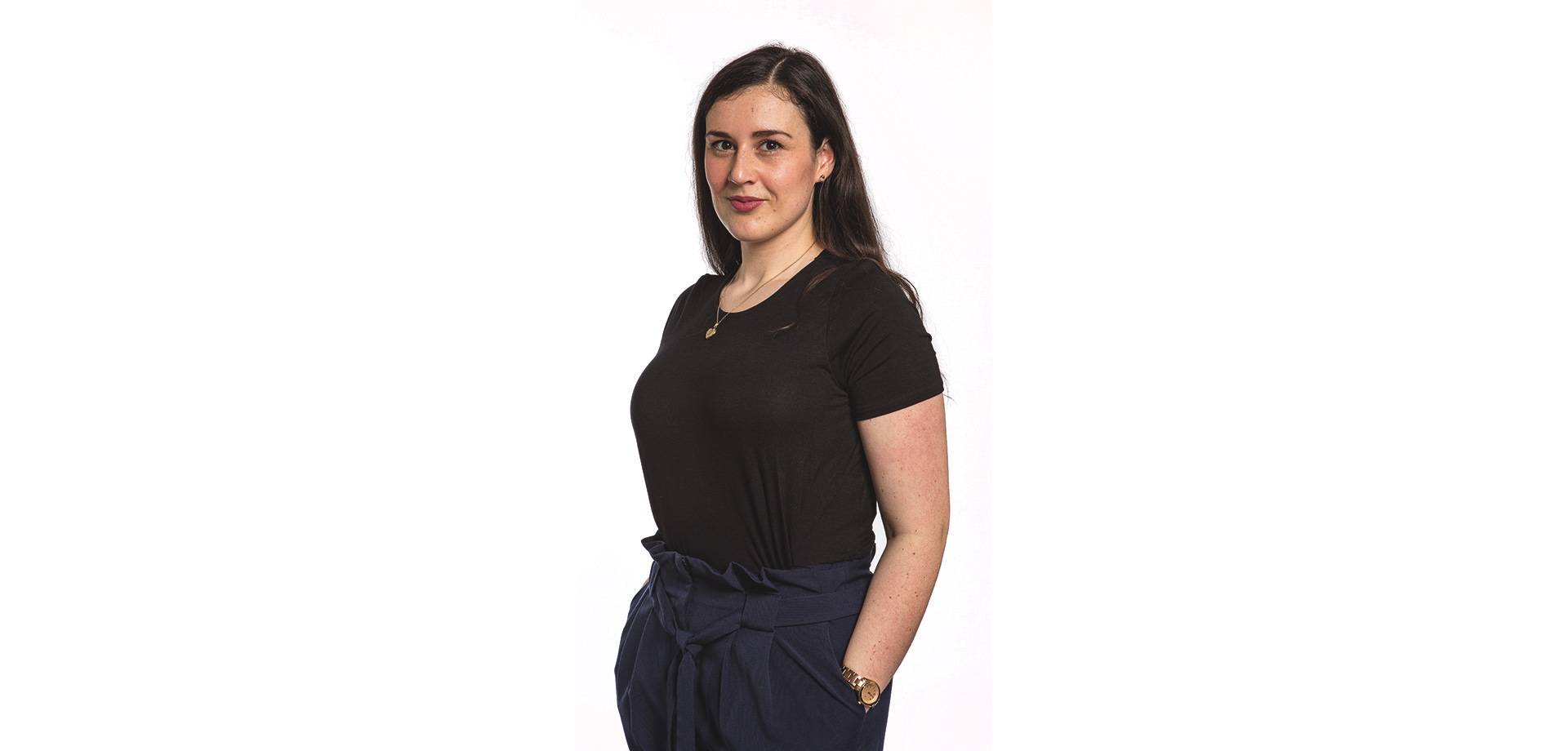The government is on a mission. It took a near-death experience for Boris Johnson to realise that the country has a public health problem, and now the prime minister is devoted to slimming down the nation ahead of a predicted second wave of Covid-19.
Johnson’s strategy might seem straightforward. It includes mandating calorie displays on menus, banning junk food adverts before 9pm, offering Weight Watchers discounts and banning two-for-one deals on “unhealthy” foods.
But labelling and prohibiting foods isn’t the answer. Most slim people, who have never given their weight a second’s thought, have no idea about calories, macronutrients or how many miles you have to run before you’ve burnt off a Snickers – but overweight people often do.
It is people who have spent years moving from weight loss plan to weight loss plan, sipping Diet Coke and adding artificial sweeteners to their cups of coffee who know every intricate detail about carbs, fats, crash diets and fads such as the paleo diet and juice cleanses.
When it comes to weight loss, knowledge isn’t always power – people already know apples are healthy and Mars bars aren’t – and success isn’t permanent. Of every 100 people who start a diet, an estimated three will manage to keep the weight off in the long term – a success rate of just 3 per cent.
These are stats the government can’t ignore in its campaign to help Britain get slimmer. Labelling a food as “bad” won’t stop people from eating it. Instead, the spotlight should be shone on where our food comes from – and our desk-and-sofa-dwelling lifestyles.
In her book The Year of Living Danishly: Uncovering the Secrets of the World’s Happiest Country, author and journalist Helen Russell notes how when she moved from London to Denmark her new Danish neighbours were perplexed when she told them she didn’t have any hobbies.
Like most Brits, Russell’s time outside work was spent watching TV dramas, reading books and socialising with friends at weekends. But in Denmark, where people work on average 34 hours a week, Russell’s new friends filled their diaries with activities including t’ai chi, handball, hunting and roller-skating, language classes, Zumba and running clubs.
In Denmark the government has a tradition of supporting hobby groups, offering free premises and facilities as well as subsidies for under-25s who want to start an association or join one. Around 90 per cent of Danes are members of societies, with the average Dane a member of 2.8 clubs.
So, it probably comes as no surprise that Danes are, on average, slimmer. Just 17 per cent of Danish adults are obese, compared with just under 29 per cent of Brits.
An emphasis on communal leisure looks like it pays off. As part of his weight loss strategy, Johnson should home in on the importance of a good work-life balance, as well as what goes into our food. Yes, there are small pockets of the country where farmers’ markets supply the region with locally sourced meat, eggs and vegetables, but the reality, for the majority of the UK, is that supermarkets and their freezer aisles are the cheapest and easiest option for cash-strapped, time-poor families.
Instead of patronising people with food labelling, how about less work, more play and good, nutritious food for all?
Saskia Murphy is a Manchester-based freelance journalist. Follow her on Twitter @SaskiaMurphy



Leave a reply
Your email address will not be published.